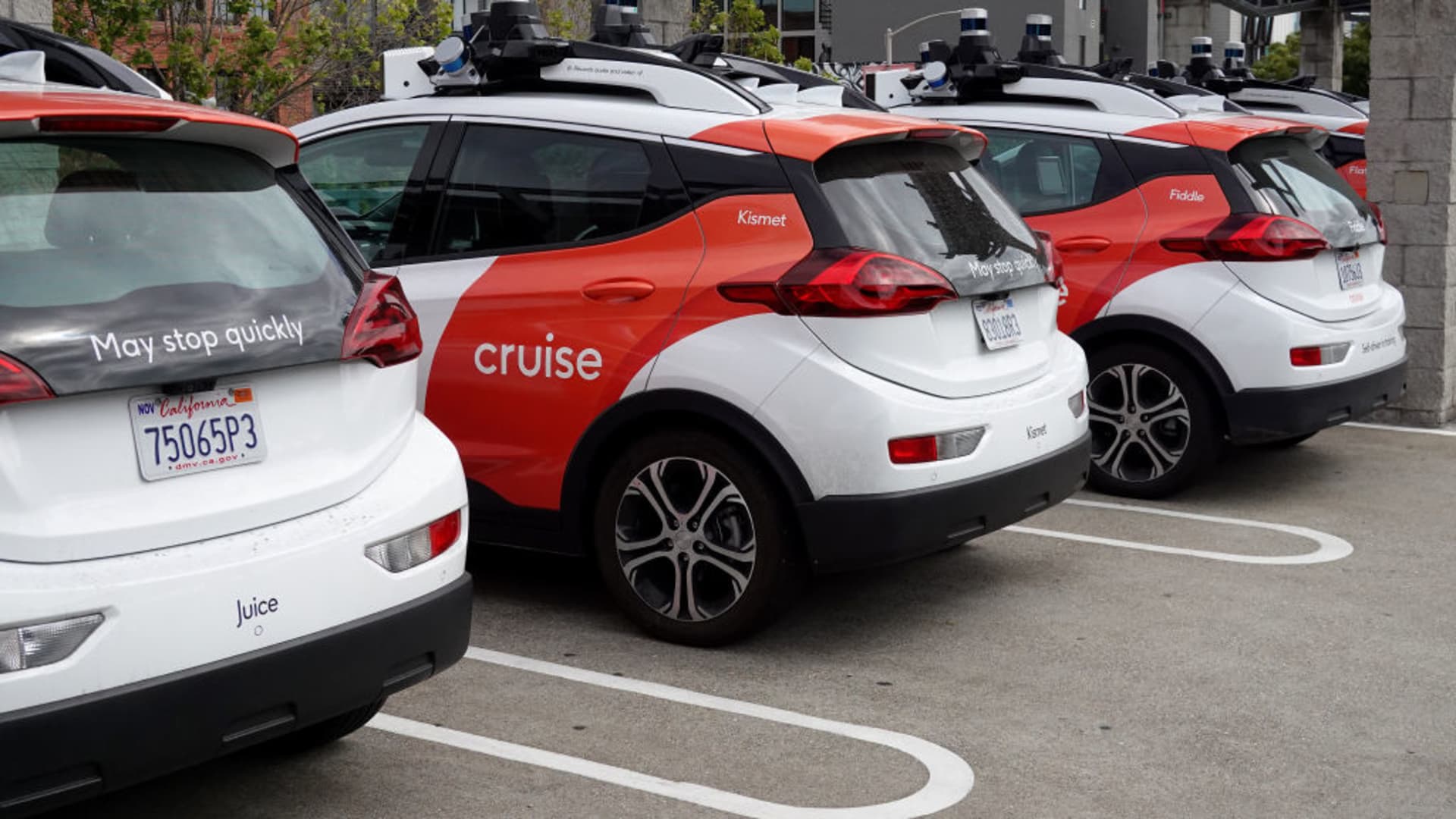Culture issues, ineptitude and poor leadership at General Motors’ Cruise autonomous vehicle unit were at the center of regulatory oversights and coverup concerns that have plagued the company since October, according to the findings of a third-party probe.
The report addresses, in part, controversy that has swirled around Cruise since an Oct. 2 accident in which a pedestrian in San Francisco was dragged 20 feet by a Cruise robotaxi after being struck by a separate vehicle. Results of the investigation, which reviewed whether Cruise representatives misled investigators or members of the media in discussing the incident, were published Thursday in a 105-page report.
Despite the findings, which pointed to widespread issues with company culture, the third-party probe found that the evidence to date “does not establish that Cruise leadership or personnel intended to deceive or mislead regulators” during briefings a day after the accident, according to a summary of the report released by Cruise.
Several Cruise leaders and employees – most of whom are no longer employed by the company – attempted to show regulators a video of the incident, according to the findings, but were only able to do so in one of several initial meetings due to connection or “video transmission issues.” Although the intent to share the information had been there, the report found, the Cruise representatives subsequently failed to properly inform some regulators or officials of everything that occurred.
“The problem is that when the video froze, literally and figuratively, the Cruise employees froze in the moment, and nobody thought to speak up and fill in the detail,” a person close to the investigation told CNBC.
Some employees also failed to update or correct company statements that omitted such information and attempted to deflect blame on the human hit-and-run driver who initially struck the pedestrian.
“This conduct has caused both regulators and the media to accuse Cruise of misleading them,” the report stated. “The reasons for Cruise’s failings in this instance are numerous: poor leadership, mistakes in judgment, lack of coordination, an ‘us versus them’ mentality with regulators, and a fundamental misapprehension of Cruise’s obligations of accountability and transparency to the government and the public.”
Quinn Emanuel, the business litigation firm that Cruise retained to conduct the three-month investigation, interviewed 88 Cruise employees and reviewed more than 200,000 documents, including emails, texts, Slack messages and more.
The investigation was led by former federal prosecutor John Potter, a San Francisco-based partner and co-lead of Quinn Emanuel Urquhart & Sullivan law firm’s corporate investigations group. The firm is known for representing high-profile celebrities and business owners, including Tesla CEO Elon Musk.
Cruise ‘accepts’ report
Since the incident, Cruise’s robotaxi fleet has been grounded. Local and federal governments have launched their own investigations. Cruise leadership has been gutted: Its cofounders, including former CEO Kyle Vogt, resigned and nine other leaders were ousted. And the venture laid off 24% of its workforce, as well as a round of contractors.
Cruise said it “accepts” the conclusions found in the report. The San Francisco-based company, of which GM owns more than 80%, said it will “act on all” recommendations and is “fully cooperating” with investigations by state and federal agencies following the Oct. 2 accident.
The company on Thursday said investigations or inquires into the incident include the California DMV, California Public Utilities Commission, National Highway Traffic Safety Administration, U.S. Department of Justice and U.S. Securities and Exchange Commission.
“It was a fundamentally flawed approach for Cruise or any other business to take the position that a video of an accident causing serious injury provides all necessary information to regulators and otherwise relieves them of the need to affirmatively and fully inform these regulators of all relevant facts,” the Quinn Emanuel findings stated.
Read more
A separate investigation by engineering consulting firm Exponent Inc. found the Cruise autonomous vehicle involved in the Oct. 2 incident “incorrectly classified the collision with the pedestrian as a side-impact collision, which led the AV to perform a subsequent pullover maneuver (to the outermost lane) instead of an emergency stop,” according to the report.
Exponent’s results, which also found a semantic mapping error, were consistent with Cruise’s analysis of the incident, according to the company.
Cruise said it updated the software to address the underlying issues and filed a voluntary recall with the NHTSA in November.
Cruise vehicles remain grounded in the U.S. A source familiar with the operations told CNBC the company is “committed” to relaunching operations, however the company is currently focused on rebuilding trust with regulators and addressing other issues outlined in the report.
Prior to the accident, Cruise was planning aggressive expansion of robotaxis outside of its home market, where the majority of its vehicles operated.
Cruise, which GM acquired in 2016, was considered to be among the leaders in autonomous vehicles alongside Alphabet-backed Waymo, outlasting many other companies that have abandoned the segment.
After purchasing Cruise, GM brought on investors such as Honda Motor, SoftBank Vision Fund and, more recently, Walmart and Microsoft. However, in 2022, GM acquired SoftBank’s equity ownership stake for $2.1 billion.
GM CEO and Chair Mary Barra, who leads Cruise’s board, last month said the Detroit automaker is “very focused on righting the ship” at Cruise.
GM said in a statement the Quinn Emanuel report “confirms Cruise’s actions following the incident on October 2 were not consistent with the company’s values and fell far short of the justifiable expectations of regulators and the public.”
“We know that in order to successfully move forward, Cruise must do so in full partnership with regulators and the communities it serves. We remain committed to Cruise’s vision and know this transformative technology will ultimately save lives,” the company said Thursday.
